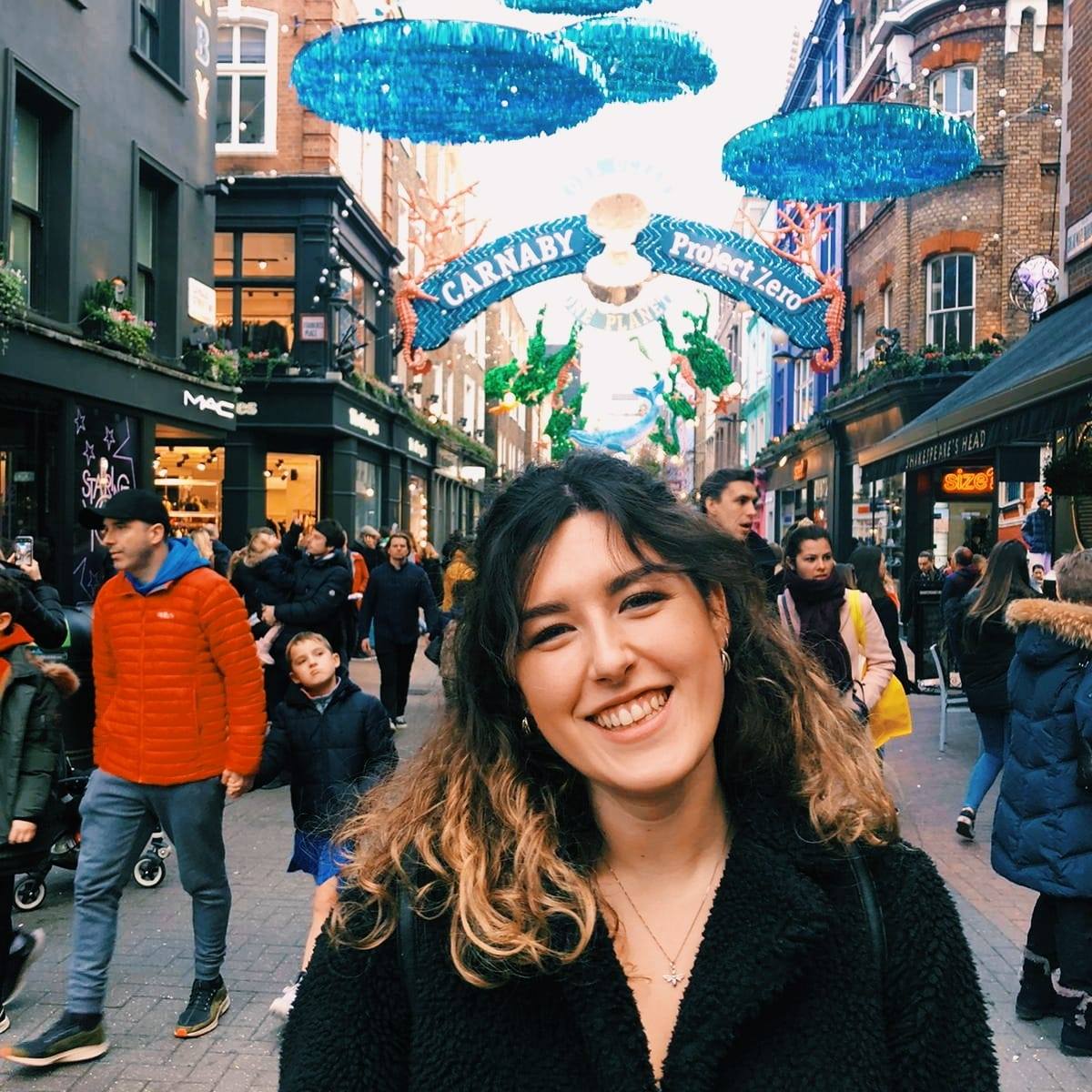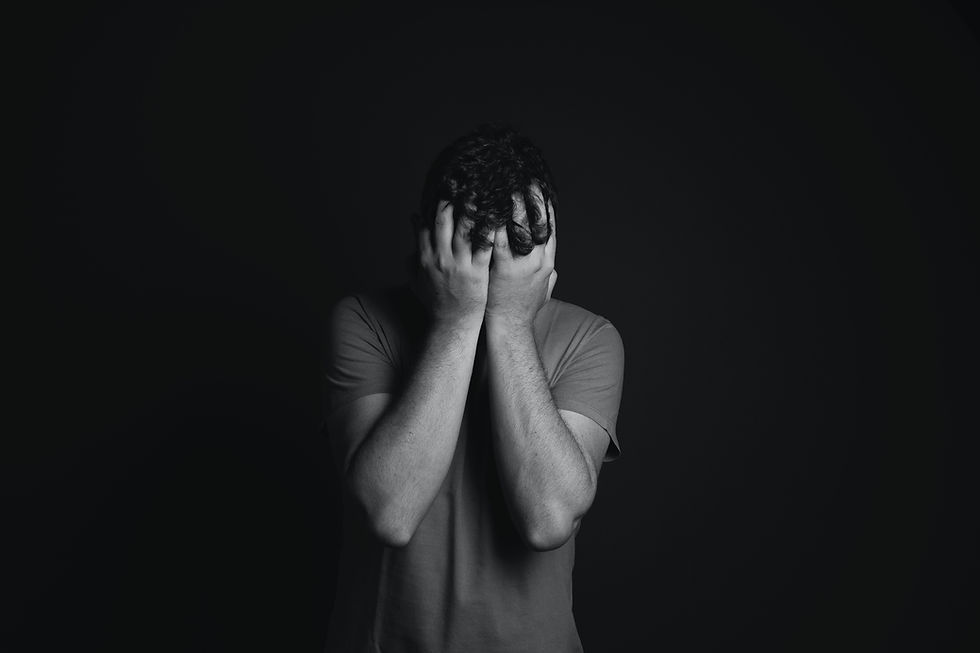The Mental Well-being of Fashion Creatives
- Bethany Dean-Coote

- Oct 12, 2020
- 4 min read
Updated: Aug 19, 2021
Fashion has long prided itself on being a creative and innovative art form. Yet, in the past few decades these two foundations have started to evaporate. It has transitioned into a hyperactive industry.
Not only has this impacted consumer mental health, but it has also caused detriment to those working within. Its fast-paced and relentless nature tends to stifle the originality and inventiveness of its creatives, negatively impacting upon their mental well-being.
The work culture of these brands is intense. The industry expects employees to eat, sleep, and breath all of its facets. From weekend exhibitions to monthly international supplier meetings, there appears to be a large overlap between personal and professional life.
Although this may sound enticing, films like “The Devil Wears Prada” illustrate how easily such a work environment can take over one’s personal life. Following the suicides of many legendary fashion creatives such as Alexander McQueen, the industry must urgently assess where it is failing to prioritise the well-being of its workforce.
Capitalism kills creativity
Contemporary fashion is highly commodified. Retailers are part of an extremely competitive industry that prioritises profit maximisation. A brand’s primary motive is to make this financial quarter better than the last. Capitalism presents organisational barriers to risk-taking and time management, meaning many employees are unable to express themselves creatively.
Although there remains a high pressure to be original and innovative, this appears to be unachievable under such tight time frames. The relentless expectation to produce newness is often out of sync with the speed of anyone’s natural creative flow.
Therefore, we see the proliferation of mutual plagiarism amongst brands, prioritising low quality pop-culture products that will guarantee immediate profit. Consequently, it leaves the creative feeling constricted and deflated.
Beneath the glitz and the glamour
“People romanticise the crazy genius creative when people are actually sick.” Georgina Johnson
People glamorise working for this intense industry. During my placement at a fast fashion Head Office, my friends were often fascinated and in awe of my ‘trendy’ workplace. No one seemed aware that this was a demanding industry. Nor, that it is ranked the 7th highest workplace associated with developing a mental illness.
The fact that fashion professions rank higher than that of doctors, lawyers, and accountants demonstrates the severity of the matter. Not to mention the lack of associated knowledge and concern. During my year’s involvement, it was difficult to watch permanent employees in more creative departments struggle to meet impossible deadlines. It therefore didn’t surprise me how high the staff turnover was at this brand.
Being proactive rather than reactive
Alarmingly, there has been a rise in suicide rates and mental health issues amongst young, new starters within the industry. This was something I was unaware of when I took on my job role. Perhaps, therefore, the problem stems from education.
Curriculum modules are not candidly preparing fashion students for the stressful nature of the rapid working environments they often end up in. Ideally, students should be more resilient prior to starting their job. Highly encouraging, if not guaranteeing placement work experience would allow them to test the waters of a career path that’s choppy for so many.
“The lack of understanding about mental health simply creates a breeding ground for it.” Anonymous Creative Director
Head offices need to go beyond implementing a few treadmills to sincerely questioning their pace and proactively altering it. Mental health issues amongst employees shouldn’t be a taboo subject. They are an endemic problem in modern fashion.
The mental well-being of creatives must become a genuine and more consistent conversation across the board. Solutions need to be higher up on brand agendas. Not only would there be major benefits to the individual but upon business too; a study by the Mental Health Foundation shows that a happier workforce leads to better productivity by 12%.
Slow fashion to save minds
Recently there has been a noticeable buzz amongst consumers and designers of the fashion industry around sustainability. Georgina Johnson, a multidisciplinary artist who founded The Laundry, says that the behaviour we are accustomed to within this system can be unlearnt with the help of slow fashion.
She states that “slow fashion is basically taking care of people, practice and place”. This type of sustainable fashion literally slows down production and consumption to protect the well-being of workers, communities and the environment.
Rather than launching a single sustainable clothing line, a holistic design approach is offered whereby the origin and quality of the garment is thoughtfully considered. Education and longevity are key; consumers should aim to have minimal long-lasting clothing as well as understand the associated benefits of doing so.
The Laundry’s campaign, Slow Fashion to Save Minds, epitomises this idea. Their manifesto states that the industry should “respect each and every person’s creative and mental capacity, because that’s how we safeguard our ecosystem, both socially and environmentally”.
This campaign aims to influence brands on how best to embed mental health and slow fashion practices into their ethos. This means that there may be a future for fashion companies to disband from hyper production and consumption practices, and truly prioritise protecting the mental well-being of their creatives.



Comments